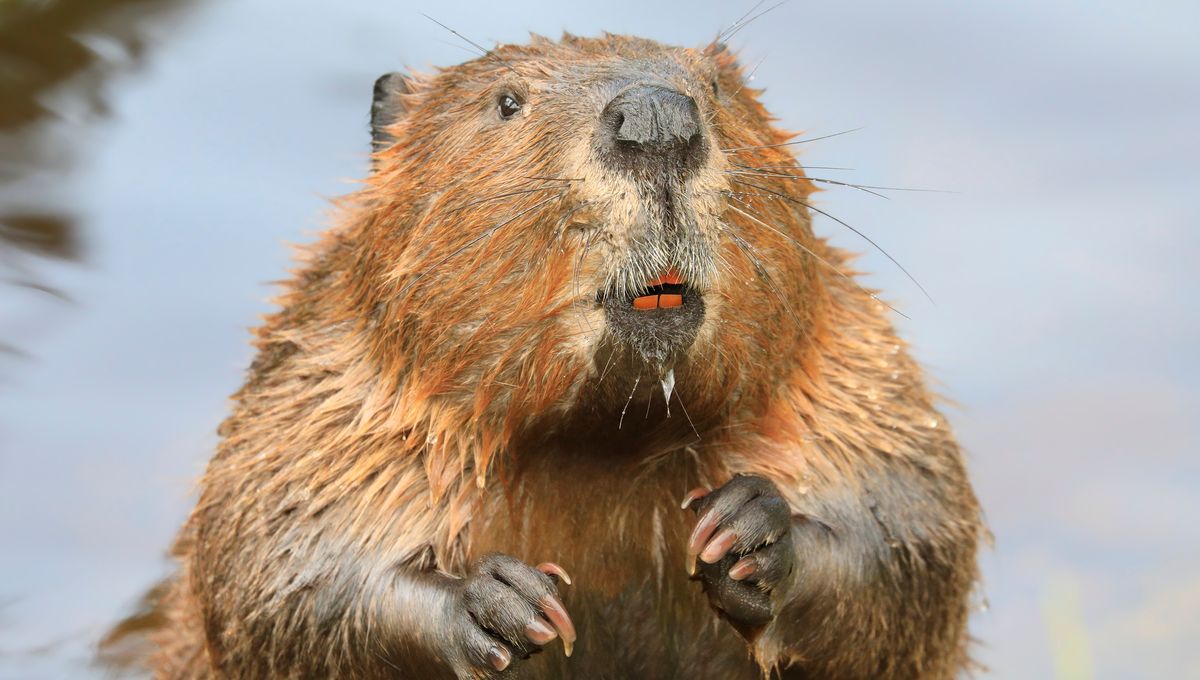
If you’ve been using social media over the last ten years, you may have come across a dubious and stomach-turning claim about the origins of vanilla flavoring. According to this recurrent trend, the popular flavoring – in anything from ice cream to lattes, and a host of other sweet treats – comes from the anal glands of beavers! But before you run to the kitchen to banish all your favorite desserts, you should know that it is completely untrue – today, at least.
This admittedly gross myth has been popularized by various beaver-believers over the years, but it received fresh life in late 2020, when a TikTok user challenged people to “Record yourself before and after googling ‘where does vanilla flavoring come from?’” The post has received thousands of likes and comments of disgust since it was first posted.
The substance that has caused this controversy is castoreum, a sticky goo-like secretion produced by beavers to mark their territories. Because it is waxy, the dam-building mammal also uses it to waterproof their fur. The beavers produce this chemical compound in their castor sacs, possessed by both males and females, located between their pelvis and the base of their tails.
In most cases, an anal secretion would smell, well, as you would expect. This is because odor-producing bacteria in the gut give it a foul smell – but beavers have a unique diet of leaves and bark which gives their particular brand of bum juice a musky vanilla scent.
The sweet smell has been enjoyed by humans for centuries and used for various medical purposes and remedies. Roman women would burn castoreum in lumps and inhale the fumes in the hope they would produce an abortion (important note: it didn’t work!). Francis Bacon, the sixteenth-century philosopher and stateman, recommended snorting small amounts of powdered castoreum to promote mental clarity.
The enthusiasm for castoreum was so strong that it may have been a leading contributor to the extinction of beavers in Europe during the end of the Middle Ages. However, the arrival of European settlers in America brought with it new opportunities to hunt beavers, though the lust for castoreum had been replaced by the beaver-pelt industry. Nevertheless, the trade in beaver furs revived interest in castoreum, which was used as a key ingredient in perfumes.
It was then in the early twentieth century that secretion started to appear as a flavoring on the food market. It was used in a variety of cakes, sweets, ice creams, and chewing gums during the 1960s and 1970s, and was a flavor additive in many vanilla, strawberry, and raspberry recipes.
It is important to note that castoreum was never intended to replace these flavors; it was used to enhance them and add additional depth and intrigue to the taste. In the US, the Food and Drug Administration (FDA) still approves castoreum as a safe food additive and doesn’t require manufacturers to list all the ingredients in their additives, so this has left room for misinterpretation and speculation.
So, is it still used today? Well, not really – and that’s because it is extremely difficult to produce in sufficient quantities for a wide market. To get castoreum, beavers need to be anesthetized and essentially milked, which is unpleasant for everyone involved.
It is far easier and cheaper to rely on the far more abundant and admittedly less entertaining vanilla pods and artificial vanillin for flavoring. Today, the beaver secretion is more likely to appear in fragrances and perfumes than in any food you’re likely to consume.
[H/T: Business Insider]
Source Link: Have You Been Eating Beaver Butt Juice With Your Favorite Desserts?